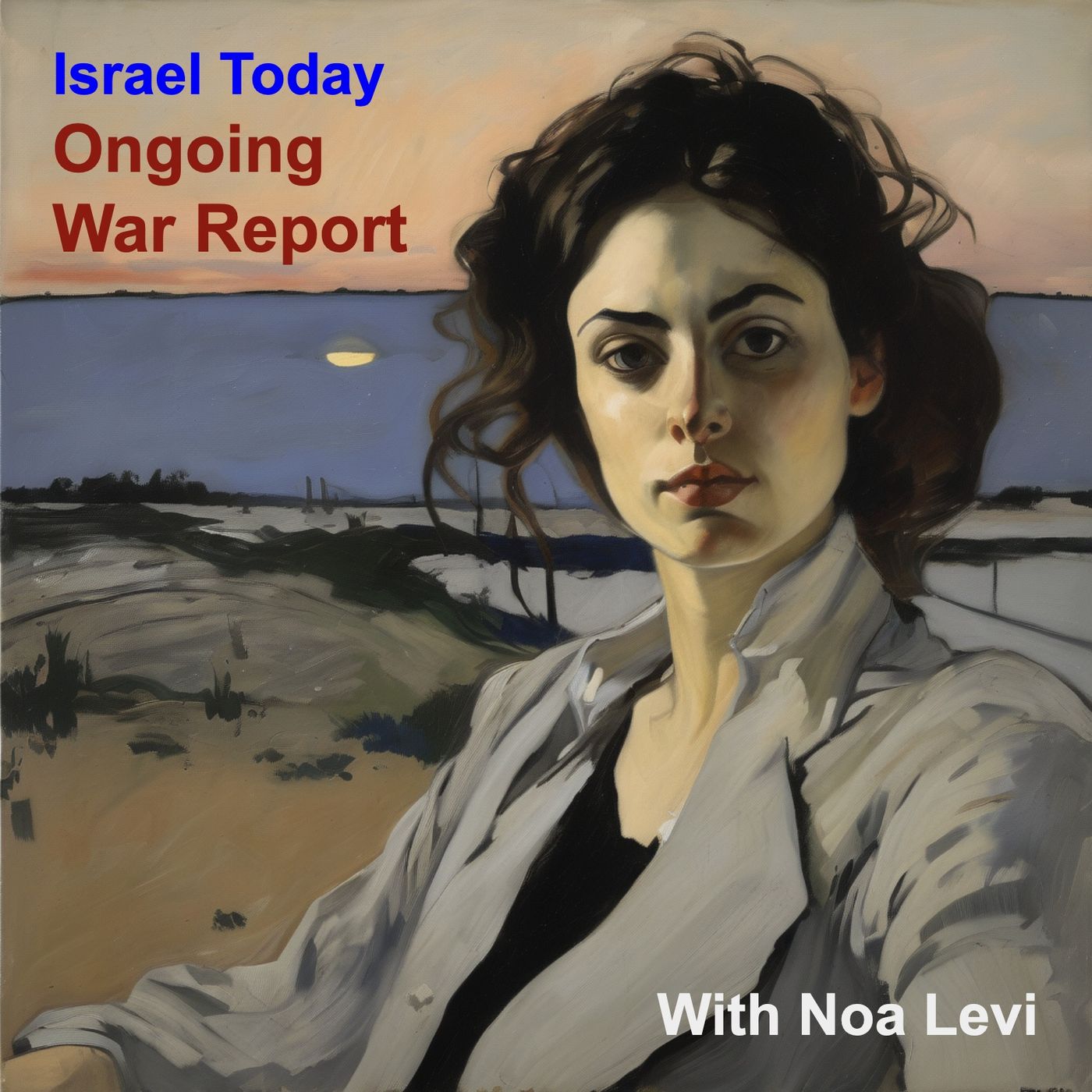Podcast Episode Details
Back to Podcast Episodes
Israel Today: Ongoing War Report - Update from 2025-10-14 at 01:05
HEADLINES
East Jerusalem clashes: 15-year-old arrested with Molotovs
Hamas violence tests Gaza ceasefire durability
Gvir pushes for greater Temple Mount access
The time is now 9:00 PM in New York, I'm Noa Levi and this is the latest Israel Today: Ongoing War Report.
Good evening. A night of tension and rapid developments is unfolding across Israel and the Palestinian territories. In east Jerusalem, authorities report clashes in a neighborhood marked by protests and confrontations. Rioters set fires and threw stones as security forces moved to separate groups. A 15-year-old boy was arrested while in possession of a Palestinian Islamic Jihad flag and Molotov cocktails, a reminder of the volatile environment surrounding the city and the broader conflict.
Two years have passed since the Oct. 7 attacks that reshaped the region, and the situation for hostages remains a central concern. Reports describe captives who spent the entire period in isolation, kept in the dark about the welfare of their families. The humanitarian and political dimensions of the ceasefire continue to shape discussions at every level. In recent days, some hostages have been released and returned to their communities, drawing praise from supporters and questions from others about the terms and durability of any arrangements. Publicly, voices in Israel and abroad have weighed in, with reactions ranging from celebration of returns to caution about the broader implications for security and regional stability. One notable contrast in coverage involves observers and commentators from various countries reacting to the news, while others have chosen to withhold comment.
In Jerusalem during the Jewish festival of Sukkot, debate and demonstrations have underscored the shifting status quo at the Temple Mount. The site, sacred to both Judaism and Islam, has long been governed by an informal agreement that allows non-Muslim visits but restricts certain forms of religious practice. This year, thousands of Jewish worshipers ascended to the Old City, and a public conversation has grown more insistent about the ability to pray in areas of the Temple Mount and near the Dome of the Rock. Reports detail a rising tide of religious Zionist activism that views visiting the Mount as increasingly permissible under certain conditions, even as many Haredi leaders maintain objections rooted in centuries of tradition and ritual purity rules. The practical effect has been a gradual loosening of restrictions in some areas, paired with ongoing enforcement and occasional detentions.
The political dynamics surrounding Temple Mount have been sharpened by comments from Israel’s far-right leadership. National Security Minister Itamar Ben Gvir has been a leading advocate for greater Jewish access near the Mount, and he has publicly described his view that Jewish prayer in certain spaces should be allowed. He attended prayers near the eastern wall during Sukkot and has spoken of victories on the site in the wake of major security concerns in Gaza and the broader conflict. Prime Minister Benjamin Netanyahu has not publicly disavowed those remarks, a stance that underscores the delicate balance the government is trying to maintain between security concerns, religious freedom, and regional sensitivities. The Jordanian-controlled waqf remains a key operator around the site, with security arrangements continuing to reflect a complex, evolving balance between historical precedent and changing realities on the ground. The events of Sukkot also included tense moments as a few visitors attempted to wave ceremonial branches at the site and were detained, highlighting how a festival period can become a flashpoint for broader debates about sovereignty and religious practice.
On the Gaza front, the ceasefire era has again been tested by violence. Hamas has carried out a wave of killings that has raised questions about disarmament
Published on 3 weeks, 2 days ago